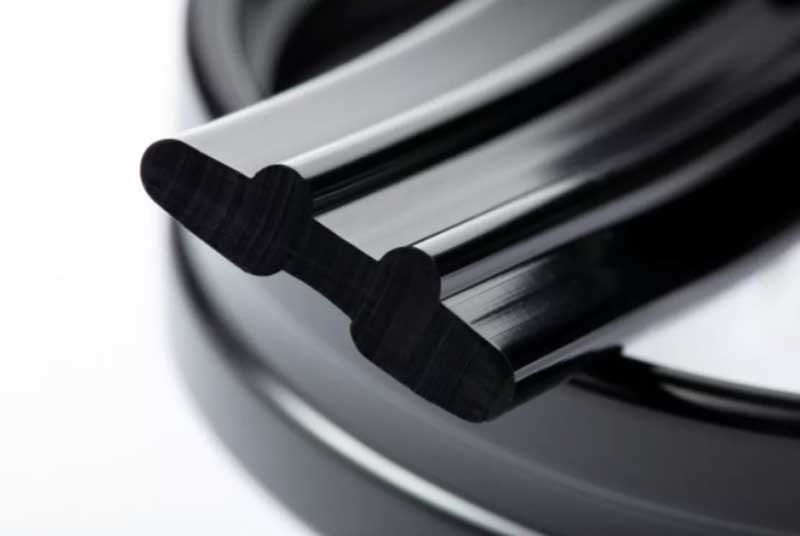Introduction
In the dynamic world of silicone manufacturing, two primary techniques stand out for shaping this versatile material into high-quality products: extrusion and compression molding. Both methods have distinct characteristics, advantages, and applications, making them indispensable in various industrial sectors.

Understanding Silicone
Before delving into the manufacturing processes, it's essential to appreciate silicone's unique properties. Silicone, a polymer primarily composed of silicon, oxygen, carbon, and hydrogen, is renowned for its thermal stability, flexibility, and resistance to moisture, chemicals, and UV light. These attributes make it ideal for various applications, from medical devices to automotive parts.
Extrusion Process
Definition and Process
Extrusion is a continuous manufacturing process for objects with a fixed cross-sectional profile. Silicone rubber is fed into an extruder, where it's heated and forced through a die of the desired shape. As the extruded silicone exits the die, it retains its shape and is then vulcanized or cured to stabilize its form.
Key Characteristics
- Precision: Extrusion allows for creating complex profiles with high dimensional accuracy.
- Efficiency: It's a continuous process ideal for large-scale production.
- Versatility: Different shapes and sizes can be achieved by simply changing the die.
Applications
Common applications include tubing, seals, gaskets, and profiles for the automotive, medical, and construction industries.

Compression Molding
Definition and Process
Compression molding involves placing uncured silicone in a heated mold cavity. The mold is then closed under pressure, forcing the silicone to take the shape of the cavity. After curing, the part is removed and trimmed to remove excess material.
Key Characteristics
- Cost-Effective for Small Batches: Ideal for lower-volume production where the cost of extrusion dies would be prohibitive.
- Material Diversity: Can handle a wider range of silicone types and hardness.
- High-Quality Finish: Provides excellent surface finish and detail.
Applications
Compression molding is often used for making keypads, gaskets, kitchenware, and other products requiring detailed shapes or high material integrity.

Comparison
| Aspect | Extrusion Process | Compression Molding |
| Production Volume | High | Low to Medium |
| Shape Complexity | Limited to continuous profiles | High, with intricate designs possible |
| Tooling Cost | Higher for complex shapes | Lower |
| Material Flexibility | Limited by extrusion parameters | More adaptable |
| Finish Quality | Consistent, but limited by die | Superior, with more detail |
Conclusion
Choosing between extrusion and compression molding for silicone products depends on the project's specific requirements, such as production volume, complexity, and budget. Both methods offer unique advantages, making them invaluable tools in the arsenal of silicone manufacturing.
Please get in touch with us for more insights and assistance in selecting the right process for your silicone product needs. With 18 years of experience in the industry, we're equipped to guide you through every step of your silicone product journey.